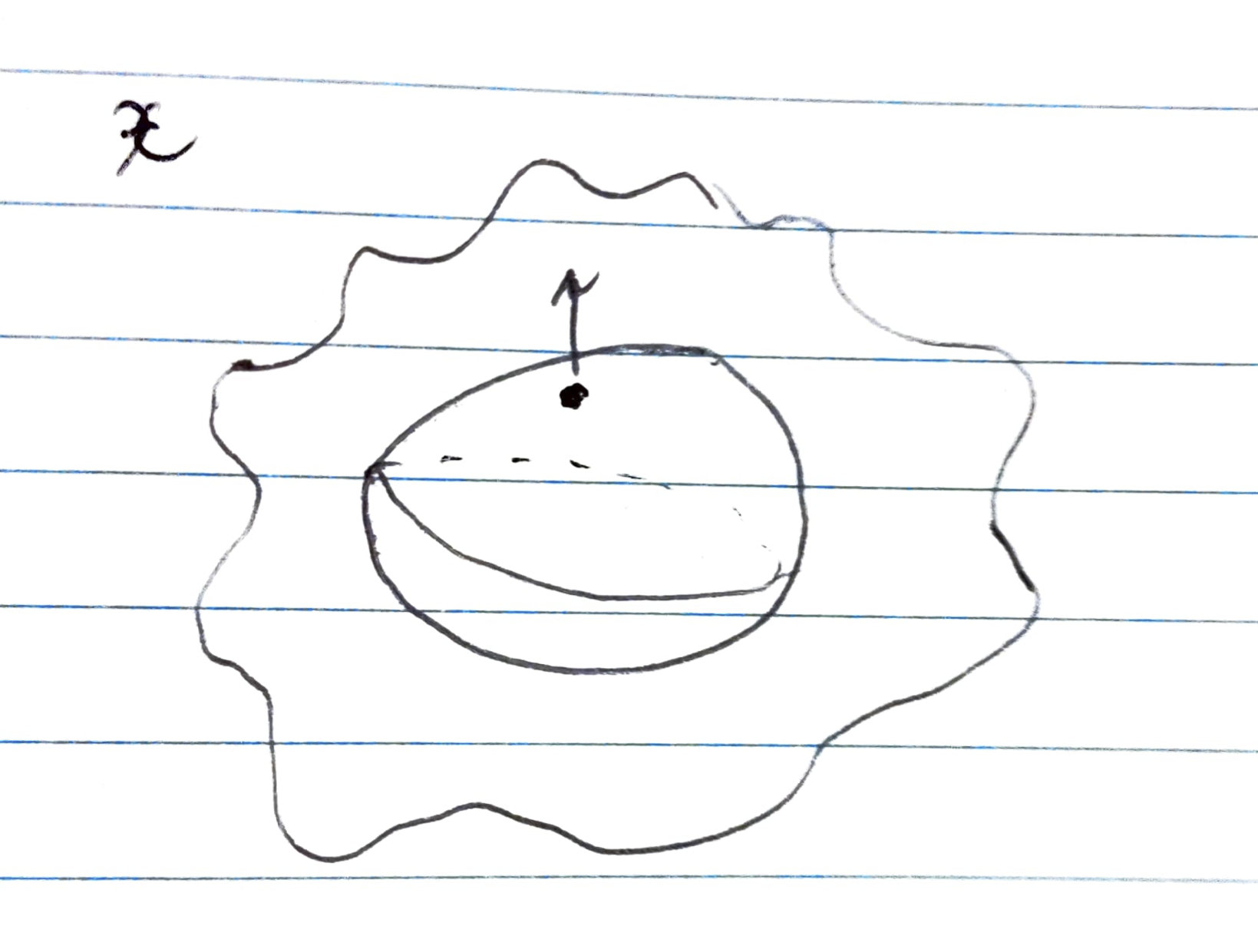Quadratic univariates
Contents
Quadratic univariates¶
Quadratic polynomials are polynomials of degree two. If the polynomials are in one variable, they are univariate polynomials. Quadratic univariate polynomials are therefore polynomials in one variable of degree two. These are referred to simply as quadratic univariates.
Note
A quadratic might also refer to a homogeneous polynomial of degree two. In this document, by quadratic it is meant a not-necessarily-homogeneous, degree two polynomial.
Any quadratic univariate \(f(x)\) is of the form
for coefficients \((a, b, c)\). As quadratic univariates are univariate polynomials, it makes sense to form the class of quadratic univariates as a subclass of polynomials.
Library import¶
In the module quadratics we find the class Quadratic coded as a subclass of Poly. Below is the libary import.
from class_scripts import quadratics as qd
Attributes¶
Pre-initialisation¶
As with Poly the class Quadratic, being a subclass of Poly, has the same attributes. Importantly however, if we pass an array encoding a polynomial with does not have degree two, it is not quadratic and this is detected by __new__.
To illustrate, if we pass the arrays [1, 2] and [-3, 2, 4, 1] which encode the polynomials \(1 + 2x\) and \(-3 + 2x + 4x^2 + x^3\) the class Quadratic returns:
print(qd.Quadratic([1, 2]))
print(qd.Quadratic([-3, 2, 4, 1]))
Not quadratic
Not quadratic
Similarly, if we pass [1, 2, 0], this array encodes \(1 + 2x + 0x^2\). The class Quadratic will nevertheless return:
print(qd.Quadratic([1, 2, 0]))
Not quadratic
Attempting to then return an attribute will result in an attribute error.
Initialisation¶
For an honest quadratic \(f(x) = c + bx + ax^2\), it has all the attributes and methods callable on instances of Poly. Moreover, it has its discriminant \(b^2 - 4ac\) as an attribute.
Note
It is of course possible to call discriminant() on an instance of Quadratic. This involves forming the derivative, the Sylvester matrix, taking its determinant and multiplying by an appropriate factor. If a polynomial function of the coefficients is already known, it is much faster to form this instead. This is what is formed by the attribute disc.
To illustrate, for the quadratic \(f(x) = -9 + x + 4x^2\) its attributes are:
quad_f = qd.Quadratic([-9, 1, 4])
print(f"The polynomial is: {quad_f}")
print(f"Its coefficient list is: {quad_f.coeffs}")
print(f"Its degree is: {quad_f.degree}")
print(f"Its discriminant is: {quad_f.disc}")
The polynomial is: -9x^0 + 1x^1 + 4x^2
Its coefficient list is: [-9, 1, 4]
Its degree is: 2
Its discriminant is: 145
As a quick test, to see that the discriminant() method called on quad_f as an instance of Poly will agree with quad_f.disc above, we have:
print(quad_f.discriminant())
145.0
Zeroes¶
For a quadratic univariate \(f(x) = c + bx + ax^2\), \(x_0\) is a zero of \(f(x)\) if:
From the fundamental theorem of algebra, \(f\) has degree two so it has two zeroes \(x_1, x_2\in \mathbb C\). Since the real numbers are not algebraically closed, \(f\) can have at most two real zeroes.
From the coefficients of the quadratic \(f\), its zeroes are:
See in this case that we indeed have an algebraic (but not polynomial) function of the coefficients \((a, b, c)\) of the quadratic \(f\).
Nature of zeroes¶
The polynomials coded as instances of Poly are all real polynomials. That is, their coefficients are real numbers. Similarly, instances of Quadratic are real quadratic univariates. For any real quadratic univariate, both of its zeroes will be either real or complex. This can be deduced directly from the analytic expression for the roots above:
if the discriminant \(b^2 - 4ac\) is strictly greater than zero, both roots are real;
if the discriminant \(b^2 - 4ac\) is equal to zero, there is one real root counted with multiplicity two;
if the discriminant \(b^2 - 4ac\) is strictly less than zero, both roots are complex.
The method zeroes() on any instance of Quadratic returns its zeroes. Based on values of its discriminant, it will return a \(2\)-tuple of real numbers or a \(2\)-tuple of complex numbers which are instances of cplx.
For the following quadratics:
\(-12 + 2x^2\);
\(1 - 2x + x^2\);
\(5 + 2x + 3x^2\)
we return below their discriminant and their zeroes:
qd_1 = qd.Quadratic([-12, 0, 2])
qd_2 = qd.Quadratic([1, -2, 1])
qd_3 = qd.Quadratic([5, -2, 3])
qd_list = [qd_1, qd_2, qd_3]
for q in qd_list:
print(f"for {q}:\nits discriminant is: {q.disc}\nits zeroes are: {(str(q.zeroes()[0]), str(q.zeroes()[-1]))}\n")
for -12x^0 + 2x^2 :
its discriminant is: 96
its zeroes are: ('2.449489742783178', '-2.449489742783178')
for 1x^0 - 2x^1 + 1x^2 :
its discriminant is: 0
its zeroes are: ('1.0', '1.0')
for 5x^0 - 2x^1 + 3x^2 :
its discriminant is: -56
its zeroes are: ('0.3333 + 1.2472i', '0.3333 - 1.2472i')
The value of a quadratic at a zero must be zero. And so, as a sanity check, we need to evaluate each quadratic in qd_list at the zeroes to make sure we indeed returned a zero. Note, since zeroes may be complex numbers, i.e., instances of cplx, we need to use the method cplxEval() from Poly instead of eval(). We see that:
for q in qd_list:
q_zros = q.zeroes()
for zro in q_zros:
if isinstance(zro, float):
print(round(q.cplxEval(zro), 5))
else:
print(q.cplxEval(zro))
print('\n')
-0.0
-0.0
0.0
0.0
0.0 + 0.0i
0.0 + 0.0i
As expected each quadratic in qd_list, evaluated at each zero, returns zero.
Note
It was mentioned earlier that real quadratics either have two real roots or two complex roots. It is easy to construct quadratics with one complex and one real solution however. E.g., the quadratic \((x - i)(x - 1)\) has roots \(x_1 = i, x_2 = 1\). Expanding out the product, \((x - i)(x - 1) = i - (i+1)x + x^2\), see that the coefficients are also a mixture of real and complex numbers. That is, this is necessarily a complex quadratic, not a real quadratic.
